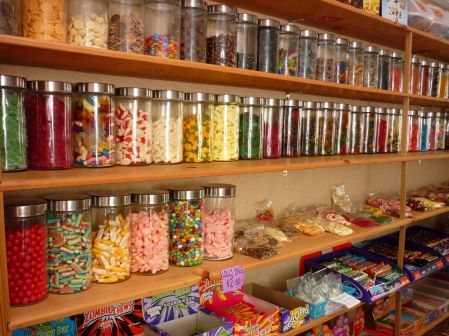Too many people eat too much sugar. It’s a real problem. While some is good, a lot is not. No way.
Sugar over-consumption plays havoc with energy, metabolism, mood, hormones, digestion, and much more..
The problem is that we tend to get addicted – both to the physiological effect of sugar (as in the immediate effect on blood glucose levels) as well as the psychological component of allowing ourselves these treats and sweeteners. Life is sweet enough my friends!
In the clinic, I often talk to people who have way too much sugar every day – via sweetened drinks, refined foods, alcohol, and spoonfuls of sugar or sweeteners with every meal.
For most people, total elimination is unrealistic – trying to cut out everything is far too hard and will never succeed. However, a gradual and conscious reduction is very easy and, importantly, sustainable.
Here are some of my key tips:
1. Focus on eating complex carbohydrates and consuming simple sugars through fresh fruit and veggies.
With main meals, keep the major carbohydrates (e.g. rice, pasta, grains) as a small serving, filling up the main part of the meal with vegetables, alongside a quality source of protein (e.g. tofu, eggs, fish, lean meat, etc).
Also avoid, as much as possible, refined flour products – such as white or processed breads, cakes, biscuits, muffins, muesli bars, etc.
White breads / flours – and any associated products (e.g. cakes, biscuits, muffins).
Fizzy drinks – and don’t even think about drinking those diet options.
Sweetened and fortified juices – fresh juiced is fine, but reconstituted is not.
Alcohol
Other staples such as quinoa, millet, buckwheat, and polenta – these can be used to complement a stir fry, ‘pasta’ sauce, curry, meat and vegetable meal, etc.
Bread (rye / spelt / gluten-free) – but not more than once per day. For example, just with breakfast or just with lunch, not with both.
Vegetables – no limit you hear me: no limit. Just eat that stuff right up.
Fruits – 1-2 serves / day is excellent, just as long as it’s in conjunction with plenty of veg (particularly leafy greens), some complex carbohydrates, sufficient protein and good quality fats.
a palmful of almonds or walnuts
tin of tuna or sardines
1/4 – 1/2 cup lentils or beans
a small amount of feta
a bowl of edamame
a small lean steak, chicken breast, or fish fillet

